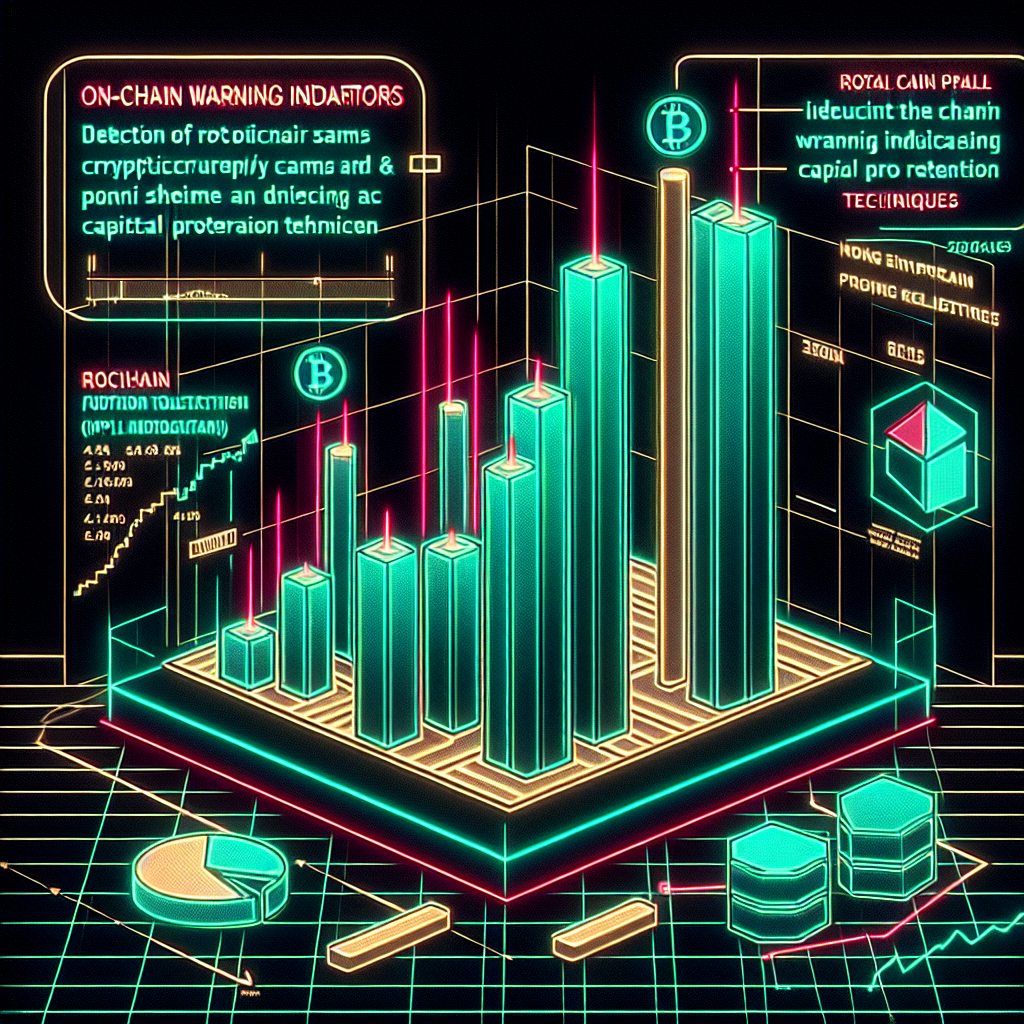Spotting Crypto Rug Pulls and Ponzi Schemes: Due Diligence Checklists, On-Chain Warning Signals, and Capital Preservation Tactics

Why Rug Pulls and Ponzi Schemes Thrive in Crypto
The decentralized, always-open nature of crypto markets attracts innovators, traders, and unfortunately, fraudsters. Low entry barriers let anyone issue tokens, clone contracts, or spin up yield farms within minutes. The promise of life-changing gains, combined with pseudonymous teams and lightning-fast hype cycles, gives dishonest promoters the ideal cover to run off with investor funds. To safeguard hard-earned capital, retail and professional investors alike must learn to identify classic red flags and verify projects on-chain before committing money.
Core Characteristics of a Crypto Rug Pull
A rug pull is the sudden and deliberate removal of liquidity or value from a project by its creators, leaving investors with worthless tokens. Typical traits include:
Centralized Liquidity Control
The team owns the majority of tokens or liquidity pool (LP) funds and can dump them at will.
Hard-coded Backdoors
Smart contracts contain functions that allow privileged addresses to mint unlimited tokens or disable trading.
Hyperbolic Marketing
Promises of “guaranteed 100x,” aggressive influencer campaigns, and time-limited presales designed to create FOMO.
Zero Long-Term Roadmap
No audited milestones, product demos, or sustainable revenue plan beyond token price appreciation.
Classic Signs of a Ponzi Scheme
Ponzi projects use capital from new participants to deliver outsized “yields” to earlier ones until inflows dry up. Examine these telltale indicators:
Unrealistic, Fixed Returns
APYs of 1%–3% per day, or steady double-digit monthly yields regardless of market conditions, lack economic basis.
Referral Emphasis
The compensation plan focuses on recruiting new depositors rather than offering a legitimate product or service.
Opaque Strategies
No verifiable data on how funds are invested; dashboards merely show internal accounting tokens.
No Independent Custody or Audit
Funds reside in wallets controlled solely by the promoters, and there is no third-party assurance of asset backing.
Due Diligence Checklist Before You Buy
1. Team Verification
Search LinkedIn, GitHub, and past public appearances to confirm developers’ identities and track records. Anonymous founders are not always malicious, but the inability to link them to prior work should lower your risk appetite or position size.
2. Smart Contract Audit
Reputable projects publish code on GitHub and commission independent audits from firms like Trail of Bits, Quantstamp, or CertiK. Read the public report, not just the marketing blurb, and confirm critical vulnerabilities are fixed.
3. Tokenomics Scrutiny
Analyze the token distribution schedule: percentages reserved for the team, investors, liquidity, and community incentives. Vesting cliffs and linear unlocks reduce the chance of sudden supply shocks.
4. Liquidity Lock and Timelocks
For decentralized exchanges (DEXs), verify that LP tokens are locked in a time-bound smart contract (e.g., Unicrypt, Team Finance) or held by a multisig with reputable signers. Contract functions that alter fees or pause trading should be time-locked to give users exit opportunities.
5. Business Model Viability
Assess how the protocol intends to generate sustainable cash flows—trading fees, interest spreads, on-chain staking rewards—rather than relying on continued token appreciation.
6. Community and Governance
Healthy Discord or Telegram groups encourage tough questions and offer transparent answers. Decentralized autonomous organization (DAO) proposals with on-chain voting demonstrate the team’s willingness to cede control.
On-Chain Warning Signals
Blockchain data never lies. Utilize explorers like Etherscan, BSCScan, and analytics platforms such as Nansen or Dune to surface early warnings.
Concentrated Holder Distribution
If one or two wallets own more than 20% of supply, these whales can crash the price instantly. Look for gradual, programmatic token releases instead.
Sudden Developer Withdrawals
Large transfers from the project treasury or deployer wallet to centralized exchanges signal an impending dump.
Mint Function Abuse
Monitor contract events for unexpected token minting. Unscheduled supply increases dilute value and often precede rugs.
Liquidity Pool Manipulation
Sharp drops in total value locked (TVL) or LP token burns could indicate the team is siphoning liquidity. Cross-check the LP token holders and transfers in real time.
Flash Loan-Sized Price Spikes
Extreme, momentary price swings caused by flash loans may expose poorly designed contracts that attackers could exploit again.
Capital Preservation Tactics
Diversify Across Protocol Types and Chains
Spread funds between layer-1 coins, DeFi blue chips, stablecoin yield platforms, and off-chain holdings. Failure of a single protocol or chain should not cripple your portfolio.
Use Position Sizing Rules
Risk at most 1%–2% of total capital per speculative token. Even if one project goes to zero, long-term performance remains intact.
Employ Cold Storage and Hardware Wallets
Store value tokens and long-term holdings offline. Only the amount needed for trading and yield farming should sit in hot wallets.
Set Stop-Loss and Take-Profit Levels
On centralized exchanges, automate exits. For on-chain tokens, use decentralized limit order protocols or alerts so you can act swiftly.
Monitor Protocol Health Continuously
Create custom dashboards that track TVL, treasury balances, and governance votes. Early detection of negative metrics allows you to reduce exposure before the crowd.
Demand Proof of Reserves
For CeFi platforms, insist on cryptographic proof of liabilities and independent audit attestations. Lack of transparency is reason enough to withdraw.
Building a Personal Due Diligence Workflow
1. Idea Capture: Log every intriguing project in a spreadsheet or note-taking tool.
2. Basic Filters: Discard projects that fail KYC or audit checks.
3. Deep Research: Read whitepapers, GitHub commits, and community forums.
4. On-Chain Analysis: Verify token distribution and treasury addresses.
5. Risk Rating: Assign a 1–5 score based on factors above.
6. Allocation Decision: Size the position according to the risk score.
Conclusion: Trust, Verify, and Keep Learning
Rug pulls and Ponzi schemes will evolve as quickly as the crypto ecosystem does. By combining traditional investigative techniques with on-chain data, investors can tilt the odds in their favor. The key principles remain constant: verify the people, scrutinize the code, demand transparency, and never risk more than you can afford to lose. With a disciplined framework and continuous monitoring, you can participate in the upside of digital assets while defending your portfolio against the downfalls of deception.